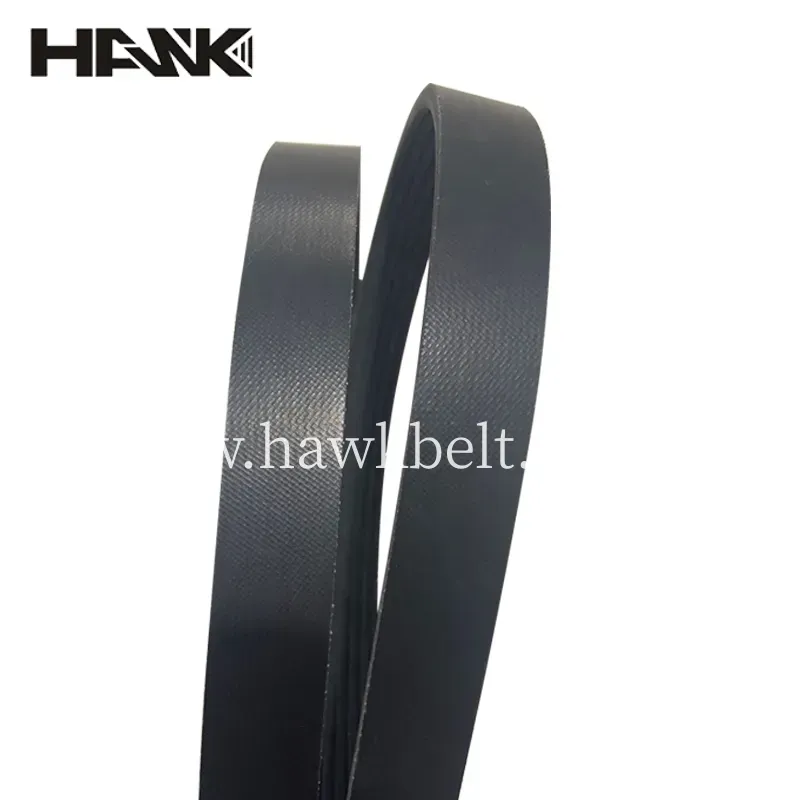- Arabic
- French
- Russian
- Spanish
- Portuguese
- Turkish
- Armenian
- English
- Albanian
- Amharic
- Azerbaijani
- Basque
- Belarusian
- Bengali
- Bosnian
- Bulgarian
- Catalan
- Cebuano
- Corsican
- Croatian
- Czech
- Danish
- Dutch
- Afrikaans
- Esperanto
- Estonian
- Finnish
- Frisian
- Galician
- Georgian
- German
- Greek
- Gujarati
- Haitian Creole
- hausa
- hawaiian
- Hebrew
- Hindi
- Miao
- Hungarian
- Icelandic
- igbo
- Indonesian
- irish
- Italian
- Japanese
- Javanese
- Kannada
- kazakh
- Khmer
- Rwandese
- Korean
- Kurdish
- Kyrgyz
- Lao
- Latin
- Latvian
- Lithuanian
- Luxembourgish
- Macedonian
- Malgashi
- Malay
- Malayalam
- Maltese
- Maori
- Marathi
- Mongolian
- Myanmar
- Nepali
- Norwegian
- Norwegian
- Occitan
- Pashto
- Persian
- Polish
- Punjabi
- Romanian
- Samoan
- Scottish Gaelic
- Serbian
- Sesotho
- Shona
- Sindhi
- Sinhala
- Slovak
- Slovenian
- Somali
- Sundanese
- Swahili
- Swedish
- Tagalog
- Tajik
- Tamil
- Tatar
- Telugu
- Thai
- Turkmen
- Ukrainian
- Urdu
- Uighur
- Uzbek
- Vietnamese
- Welsh
- Bantu
- Yiddish
- Yoruba
- Zulu
Nov . 05, 2024 01:50 Back to list
flat v belt
Understanding Flat V Belts Design, Application, and Advantages
Flat V belts are a vital component in power transmission systems, commonly used in various industrial applications. Their unique design combines the characteristics of both flat belts and V-belts, creating a versatile and efficient solution for transferring power between pulleys. This article explores the design, applications, and advantages of flat V belts, highlighting their significance in modern machinery.
Design Characteristics
Flat V belts have a distinctive trapezoidal cross-sectional shape that allows them to fit snugly into V-shaped pulleys. This design offers several benefits, including improved grip and reduced slippage. The flat surface of the belt enables it to maintain contact with the pulley, increasing friction and enhancing overall performance. Made from durable materials such as rubber, polyurethane, or other synthetic compounds, flat V belts are engineered to withstand wear and tear in demanding environments.
Applications Across Industries
Flat V belts are widely used in a variety of industries, including agriculture, manufacturing, automotive, and HVAC systems. In agriculture, they can be found in machinery like combine harvesters and tractors, where they efficiently transfer power from the engine to various components. In manufacturing, flat V belts play a crucial role in conveyor systems, where they facilitate the smooth and efficient movement of goods.
flat v belt

The automotive sector leverages flat V belts in engine systems, driving components like alternators, air conditioning compressors, and water pumps. Their ability to handle high torque loads while maintaining efficiency makes them invaluable in such applications. Similarly, HVAC systems utilize flat V belts in fans and blowers to ensure optimal airflow and energy efficiency.
Advantages of Flat V Belts
One of the primary advantages of flat V belts is their high load-bearing capacity. Their unique shape allows for greater surface contact with the pulleys, resulting in enhanced power transmission and reduced energy losses. Additionally, flat V belts are known for their flexibility, which enables them to adapt to different pulley configurations, making them suitable for a range of applications.
Moreover, flat V belts require minimal maintenance compared to other types of belts. Their robust design minimizes the risk of stretching or misalignment, leading to prolonged service life and reduced downtime for equipment. This is particularly advantageous in industrial settings where minimizing interruptions is crucial for productivity.
Conclusion
In conclusion, flat V belts are an essential component in various industrial applications, offering a blend of efficiency, durability, and versatility. Their innovative design allows for optimal power transmission while requiring minimal maintenance. As industries continue to evolve, the demand for reliable power transmission solutions like flat V belts is expected to grow, cementing their role as a key player in modern machinery and equipment. Understanding their design, applications, and advantages provides valuable insights for engineers, manufacturers, and technicians involved in equipment design and maintenance.
-
Upgrade Power Steering Pump Belt for Smooth, Quiet Operation
NewsAug.27,2025
-
Precision Timing Belt & Chain: Engine Performance & Durability
NewsAug.26,2025
-
Precision Lathe Drive Belts: Durable & Reliable Performance
NewsAug.25,2025
-
84.5 Serpentine Belt: Durable & Precision Fit for Your Engine
NewsAug.24,2025
-
Premium Ribbed Drive Belts for Quiet Power Transmission
NewsAug.23,2025
-
High-Performance Vehicle Timing Belt for Engine Precision
NewsAug.22,2025

